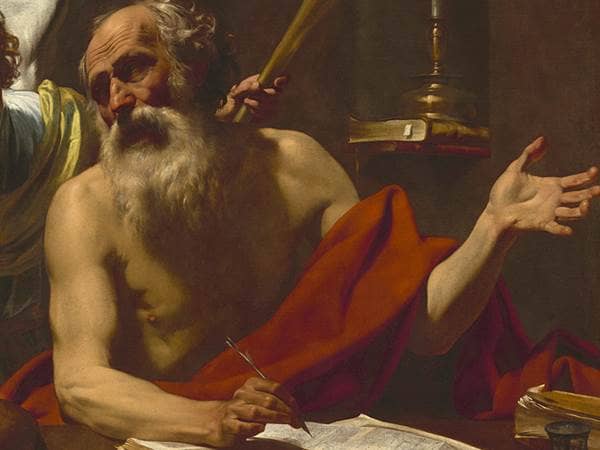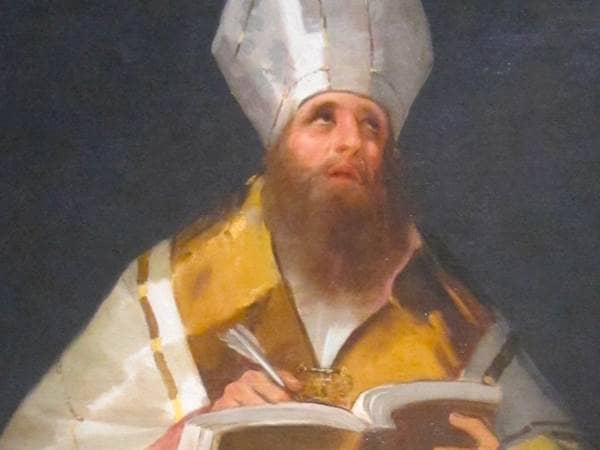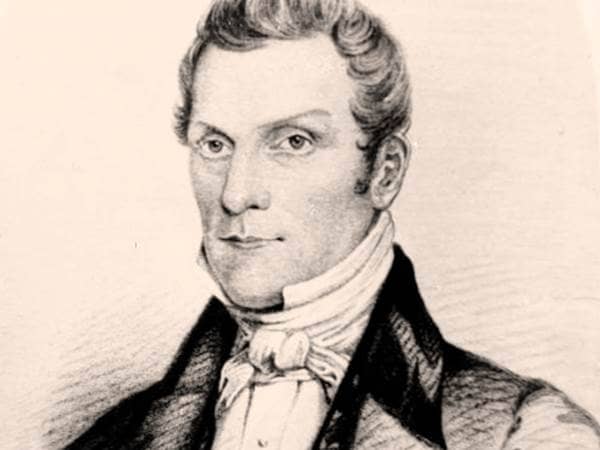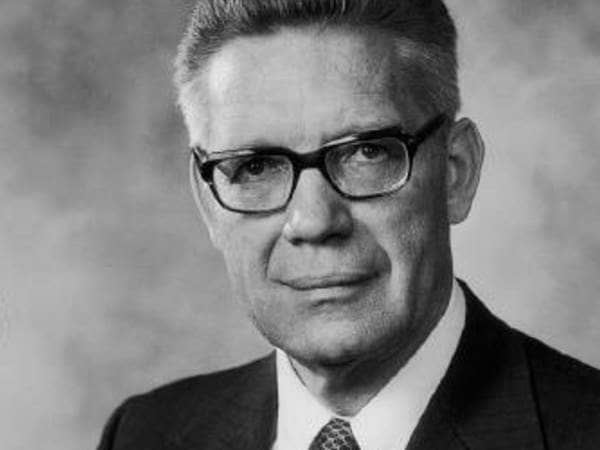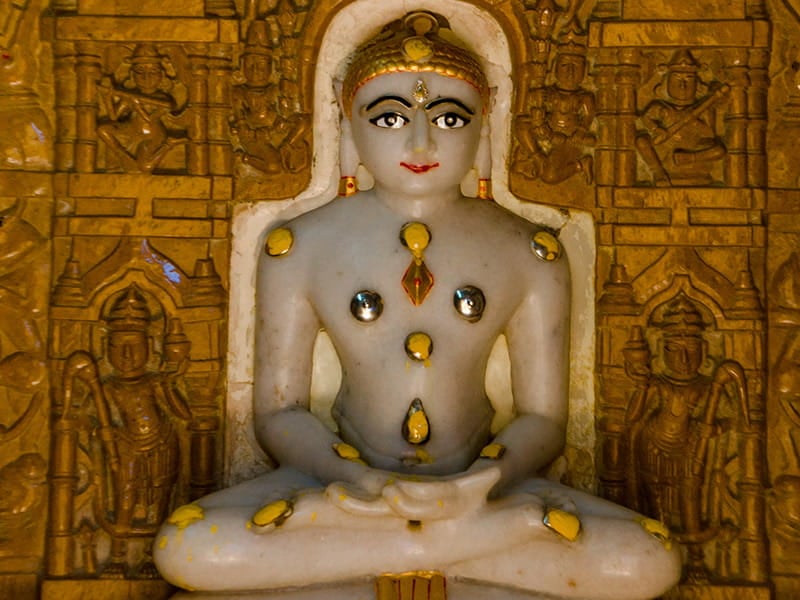
- Nationality: Indian
- Known for: First Ford maker of Jainism.
- Fun Fact: Rishabhanatha is often shown in the lotus position.
- Fun Fact: Rishabhanatha had 100 sons and two daughters.
Rishabhanatha is the first Tirthankara or Ford maker of Jainism. He was the first of twenty-four teachers in the present half-cycle of time in Jain cosmology. He was called a Ford maker because his teachings helped one across the sea of endless rebirths and deaths. The legends depict him as living millions of years ago. He was the spiritual successor of Sampratti Bhagwan, the last Tirthankar of the previous time cycle. He’s also known as Adinatha, which translates to First Lord. Rishabhanatha is one of five Tirthankaras that attract the most devotional worship among the Jains.
Birth and Early Life
According to traditional accounts, he was born to king Nahbi and queen Marudevi in the north Indian city of Ayodha, also called Vinita. Rishabhanatha was born on the ninth day of the dark half of the month, Chaitra. His association with Ayodha makes it a sacred town for Jains, as it’s in Hinduism for the birth of Rama. He had two wives, Sunanda and Sumangala. Sumangala is described as the mother of his 99 sons, including Bharata and one daughter, Brahmi. Sunanda is depicted as the mother of Baubali and Sundari.Rishabhanatha’s Teachings
Rishabhanatha was born in bhoga-bhumi, or the age of omnipresent happiness. He’s credited in Jainism for inventing and teaching fire, cooking, and all the skills needed for human beings to live. Rishabhanatha has trained 72 sciences to men and 64 to women. Believers think that the institution of marriage came into existence after his marriage marked the precedent. Traditional sources say that Rishabhanatha was the first king who established his capital at Ayodha. He is also claimed to have given a king the first governance laws and founded the three-fold varna system based on jobs consisting of warriors, merchants, and manual workers.Iconography
Icons usually depict Rishabhanatha in the lotus position or kayotsarga, a standing position of meditation. The distinguishing features of Rishabhanatha are his long locks of hair that fall on his shoulders and an image of a bull in sculptures of him. Paintings of him typically show legendary events of his life. Some include his marriage and Indra performing a ritual known as abhisheka or consecration. He is sometimes shown presenting a bowl to his followers and teaching them the art of pottery, painting a house, or weaving textiles.Temples
Rishabhanatha is one of the five most devotionally revered Tirthankaras, along with Mahavira and Neminantha. Various Jain temple complexes across India feature him, and these are important pilgrimage sites in Jainism. Mount Shatrunjaya, for example, is a hilly part of southern Gujurat, which is believed to be a place where 23 out of 24 Tirthankaras preached, along with Rishabhanatha. Traditional accounts say that numerous monks attained their liberation from cycles of rebirth there, and a large temple within the complex is dedicated to Rishabhanatha, commemorating his enlightenment in Ayodha. He is crucial in Hindu mythology and was thought to have practiced abstinence for millions of years. Only after he returned to Ashtapada did he finally die from his fasting. Therefore, these temples depict some of the stories and try to represent him in a physical manner that people can understand.
Back to Search Results
